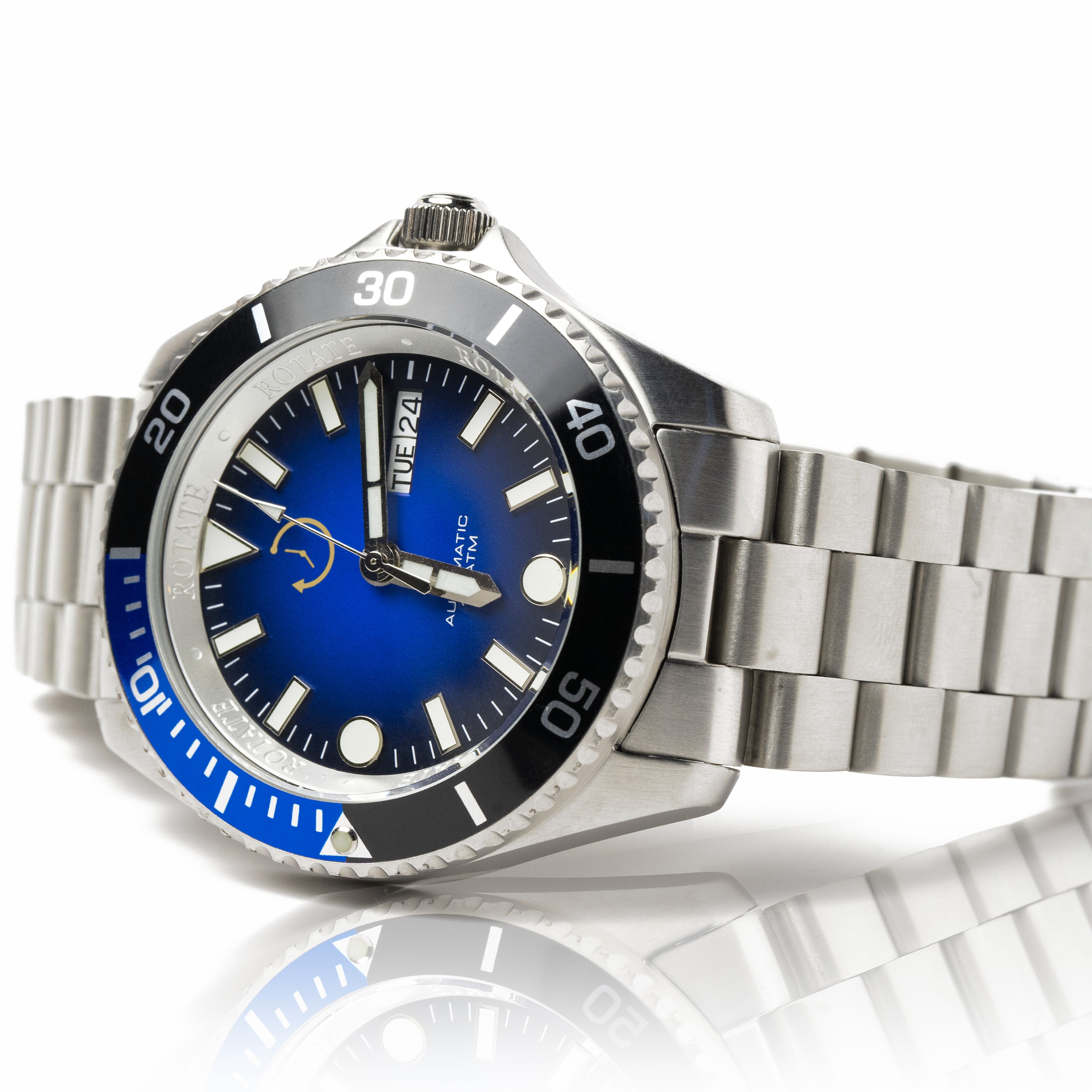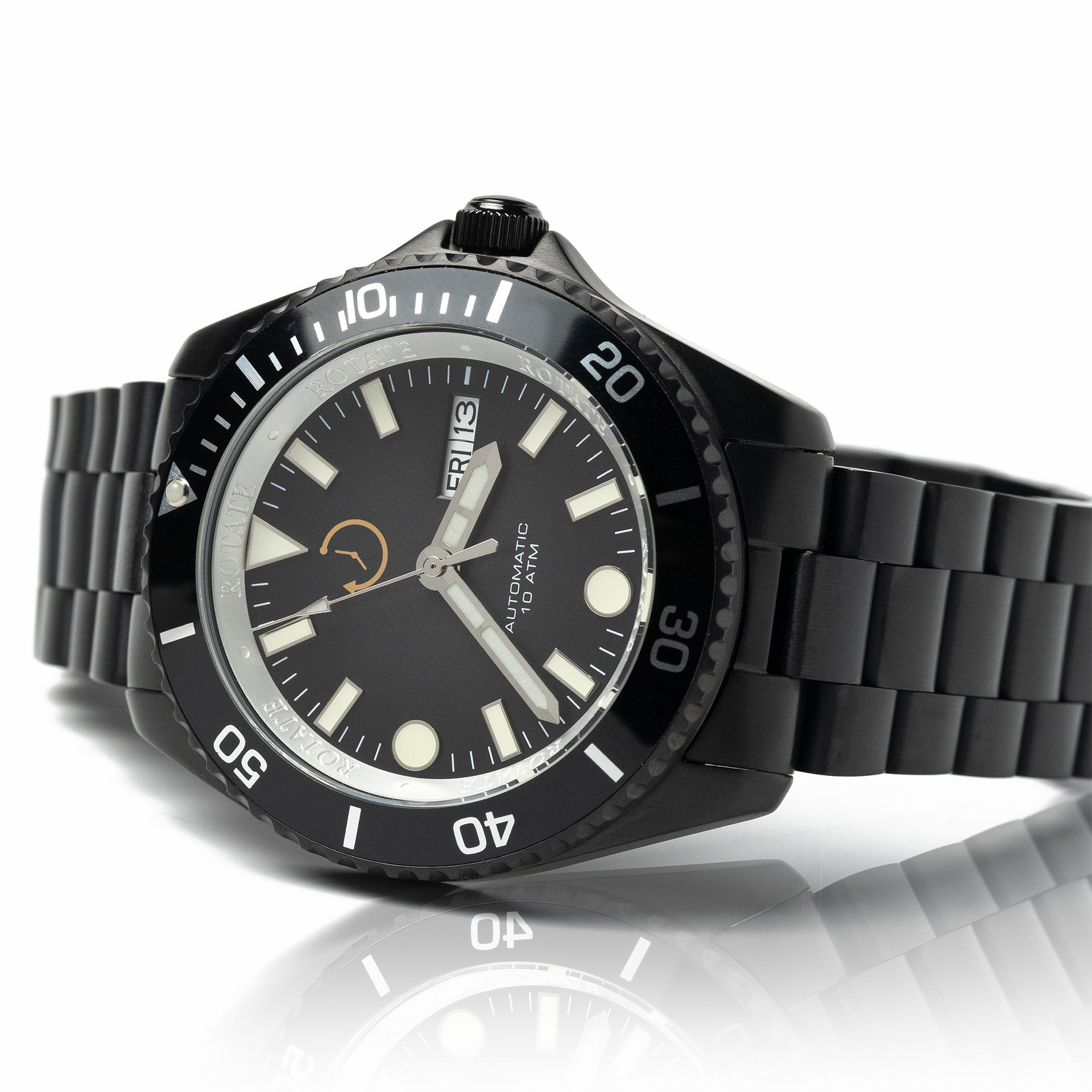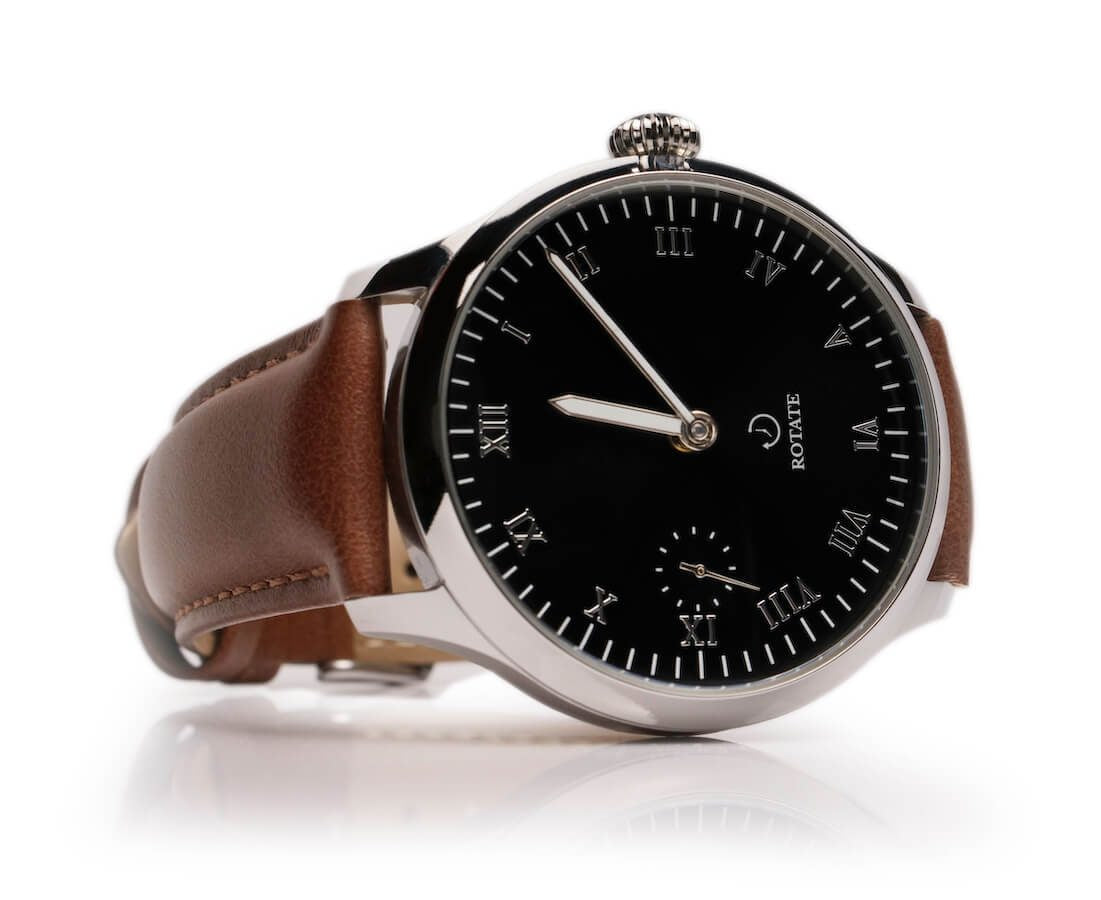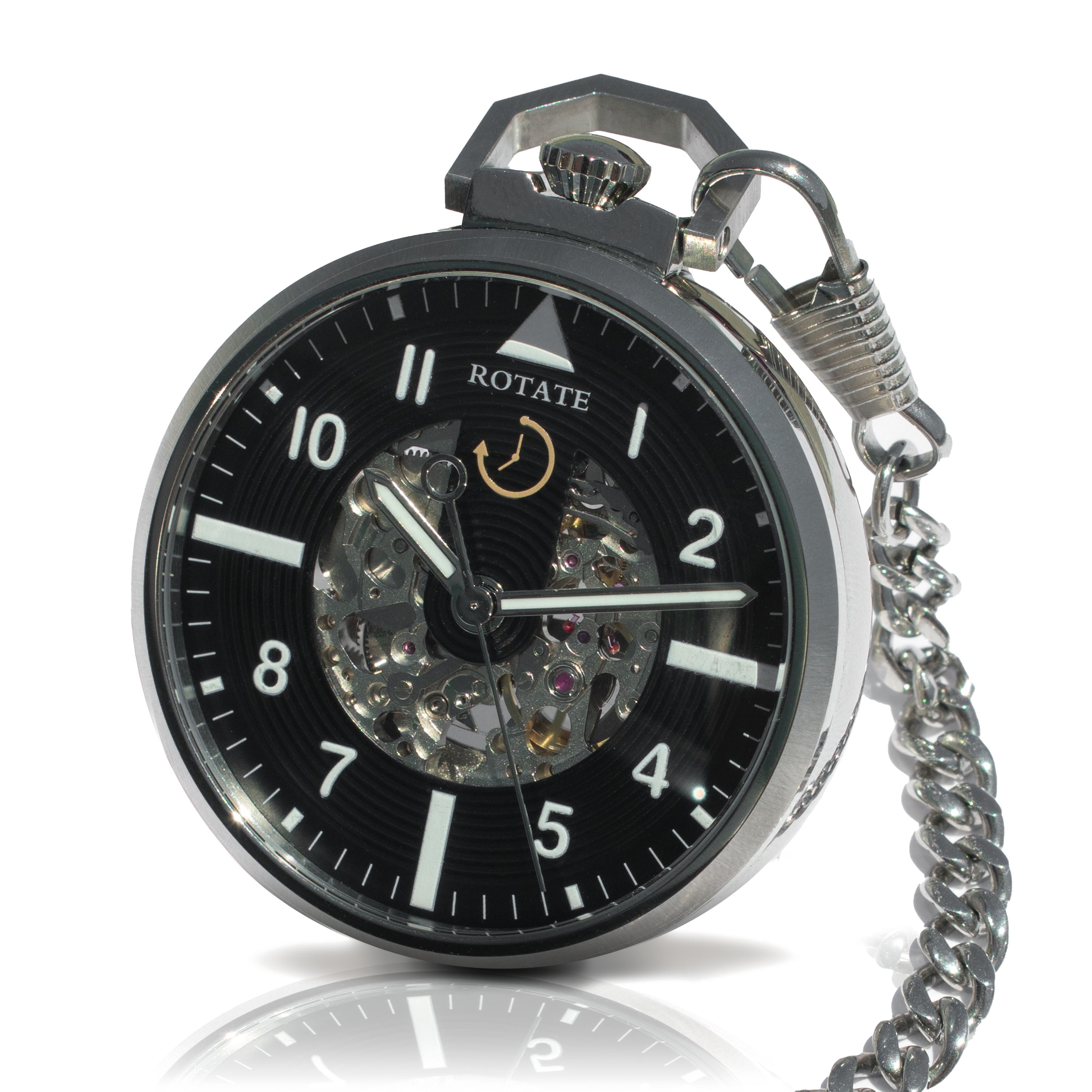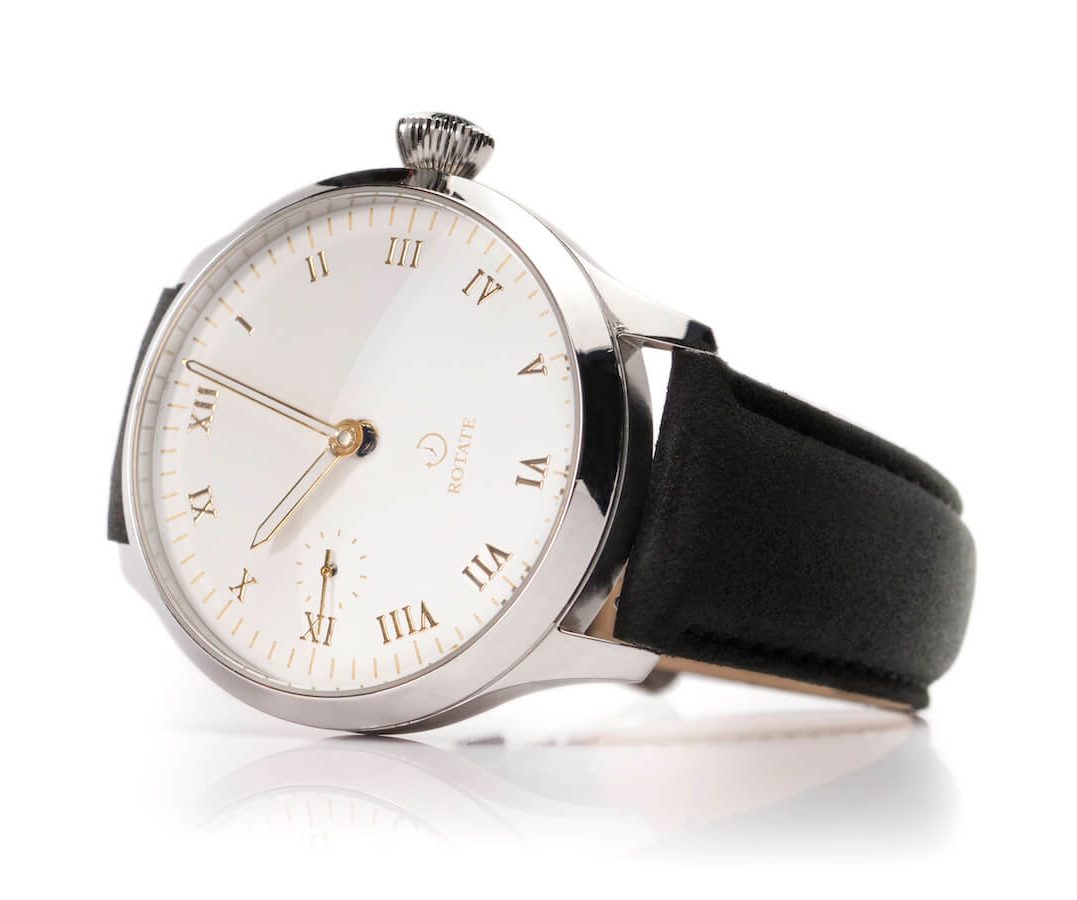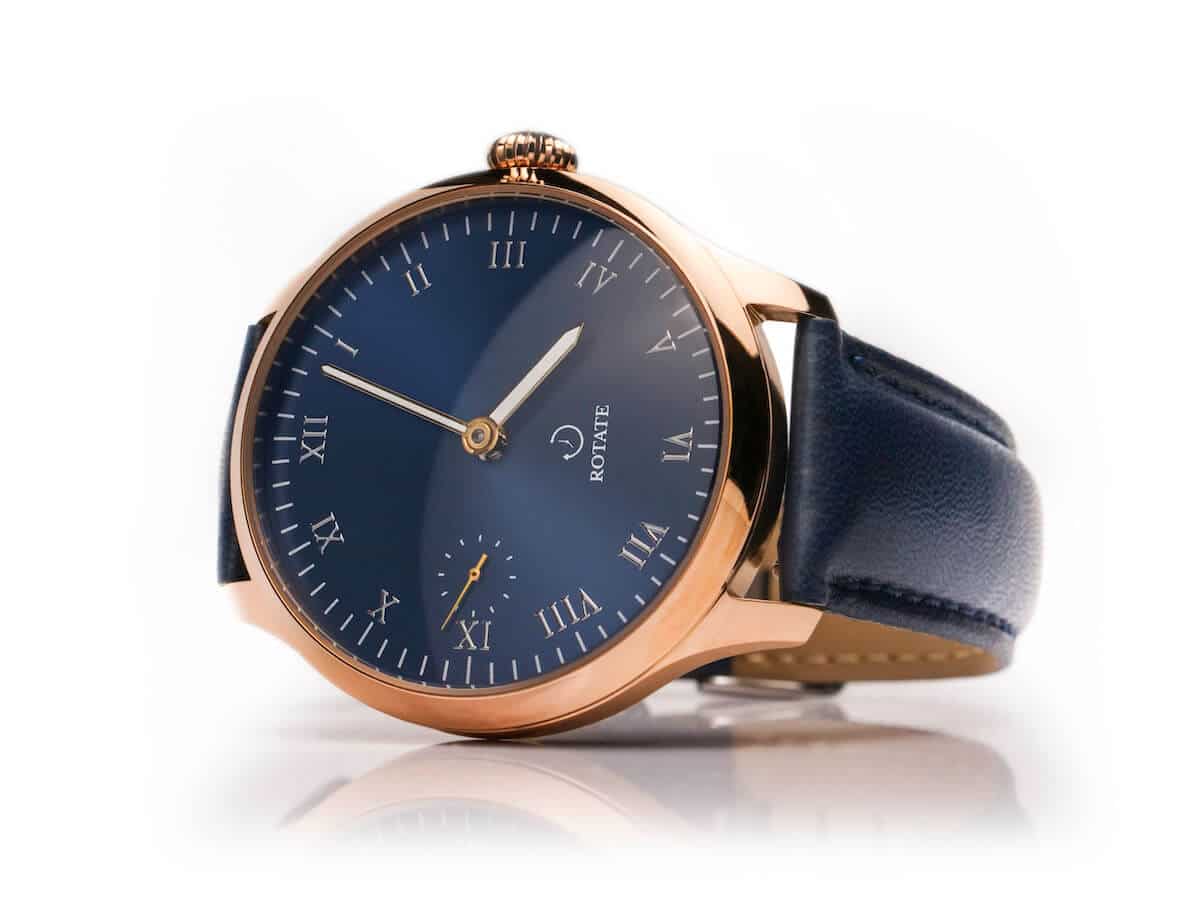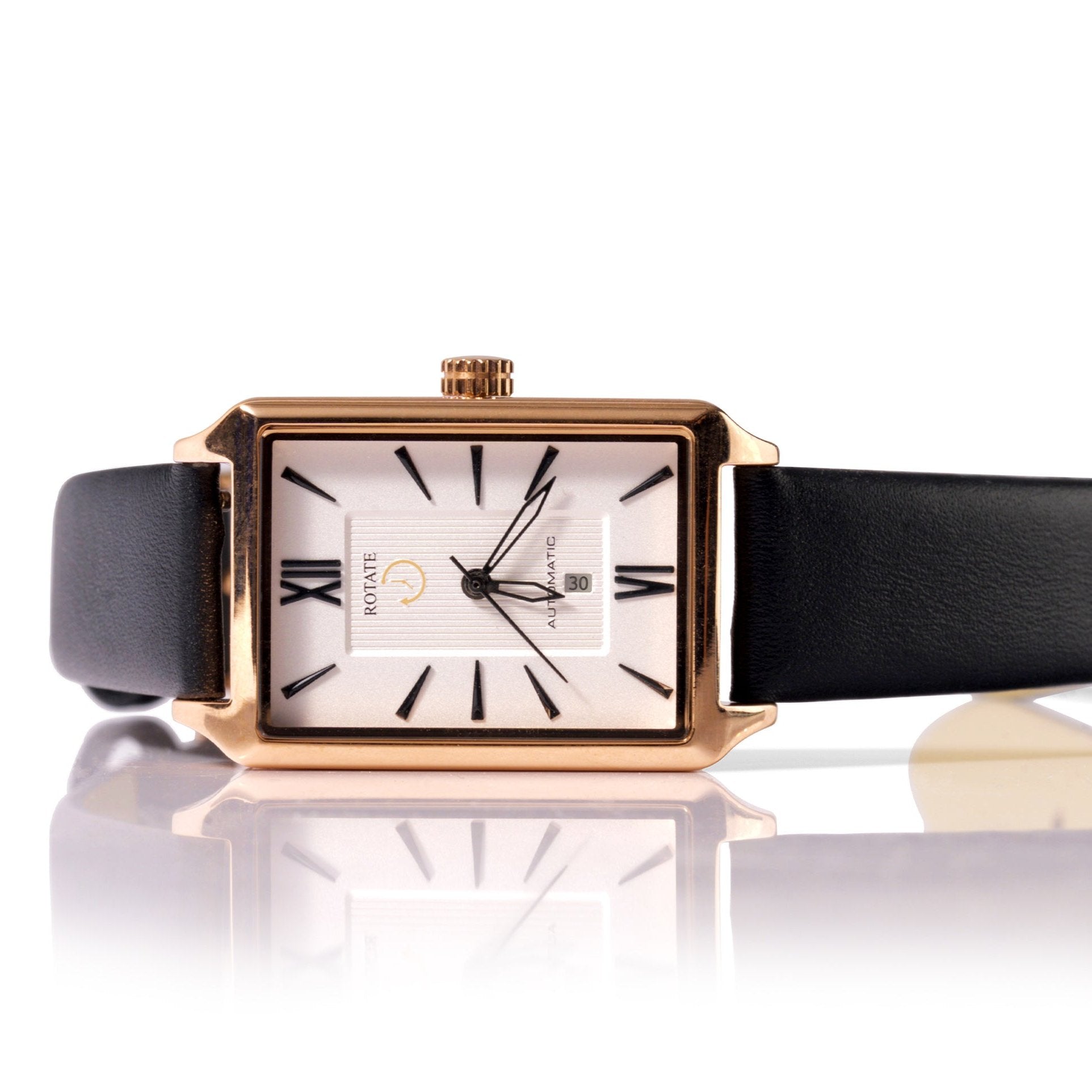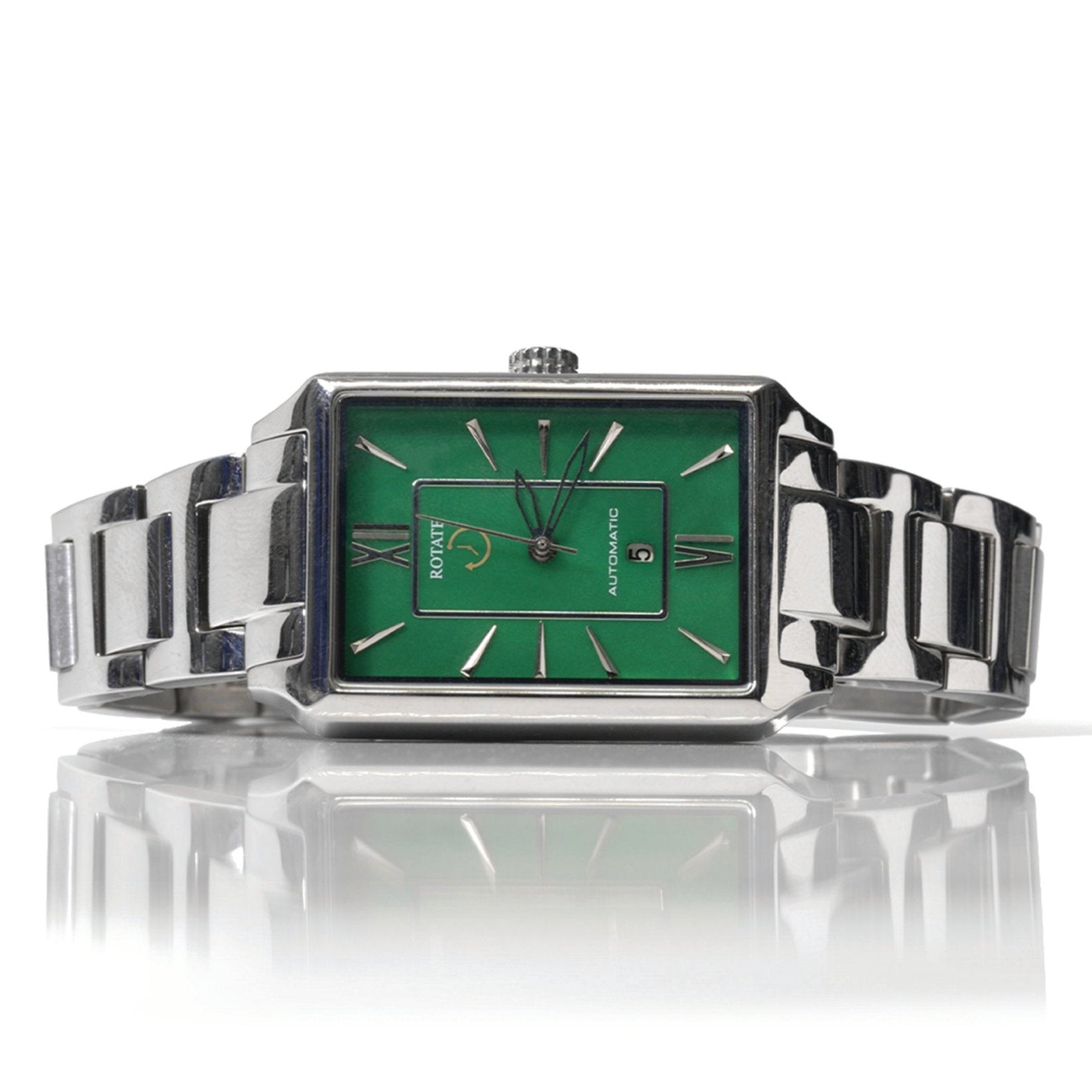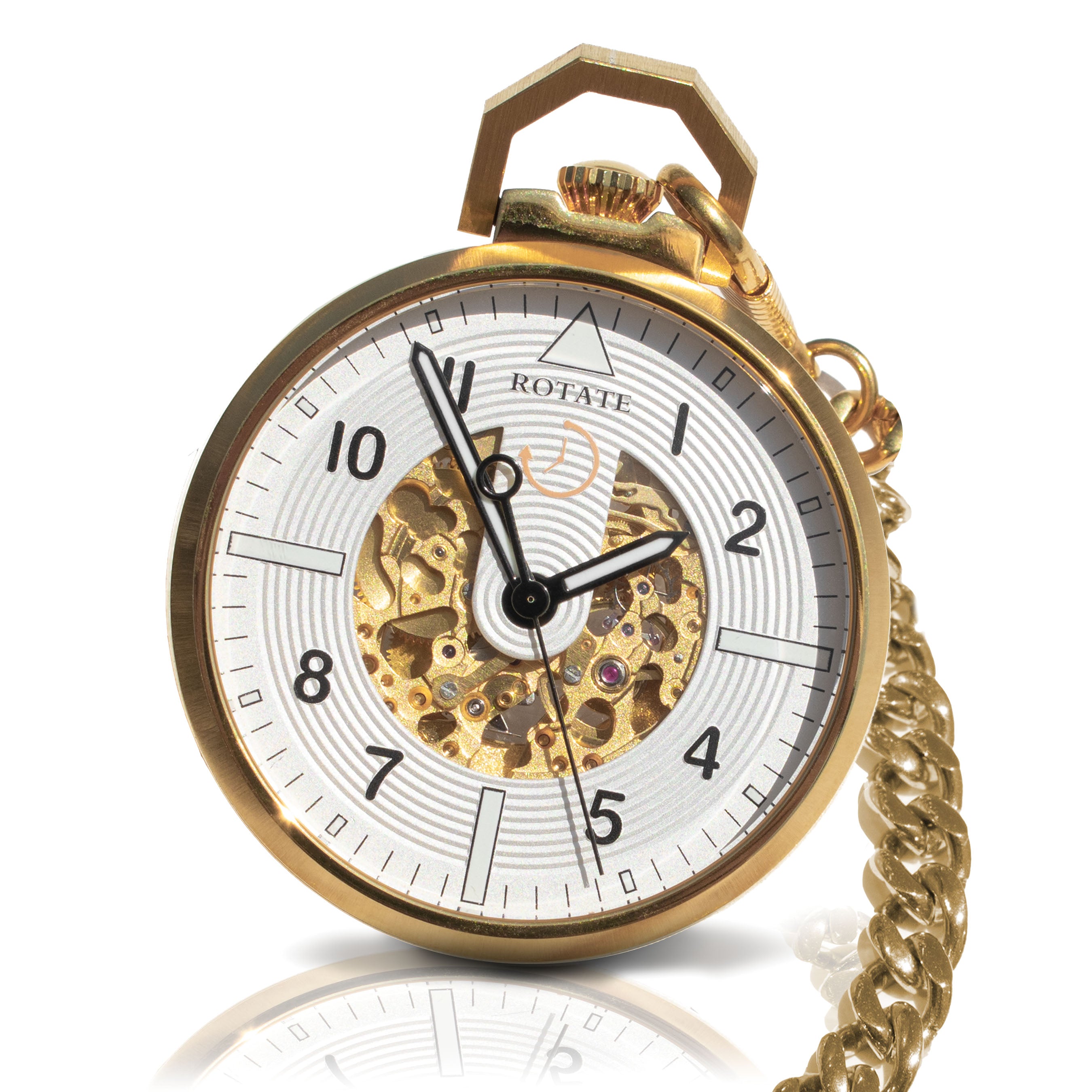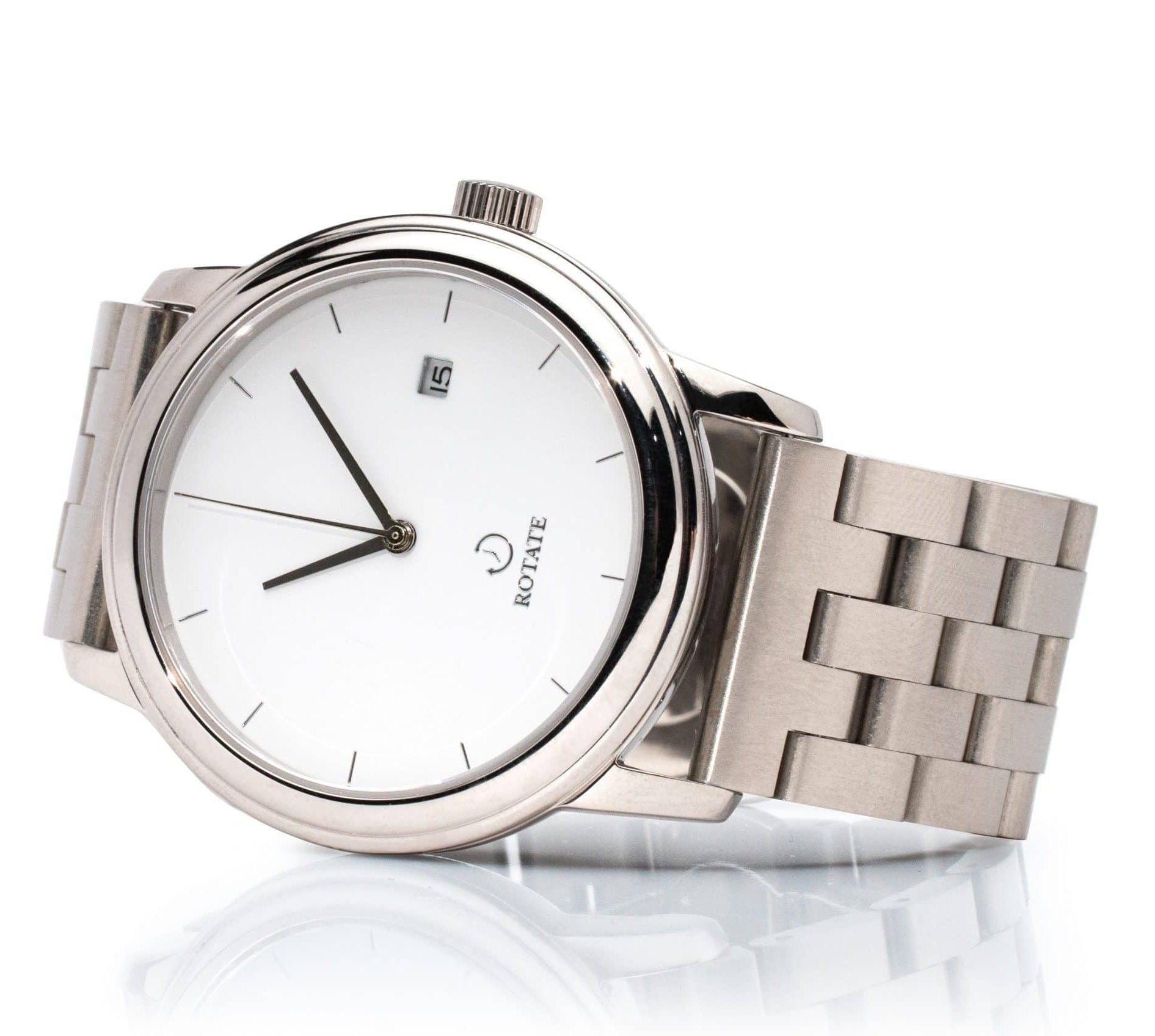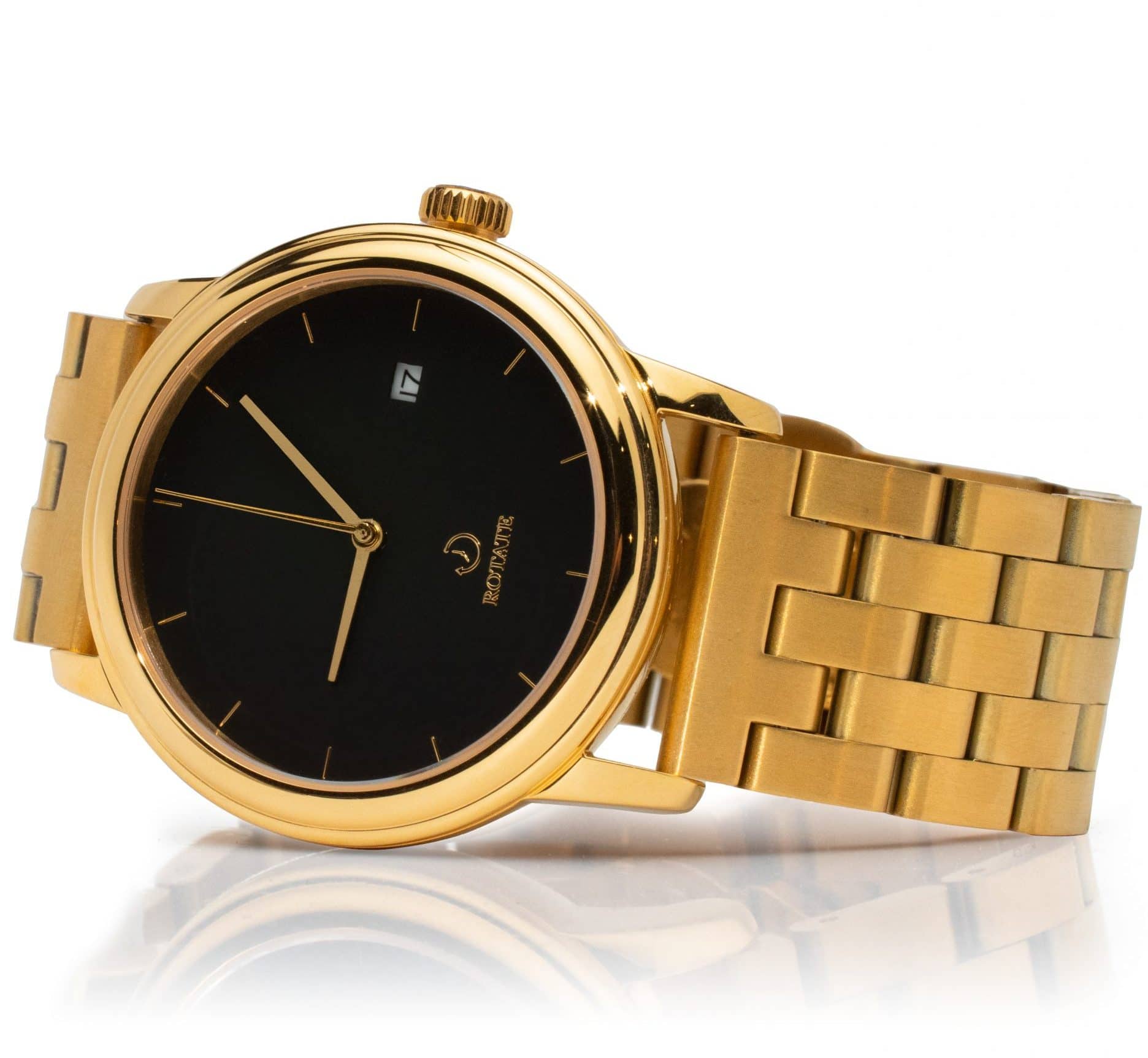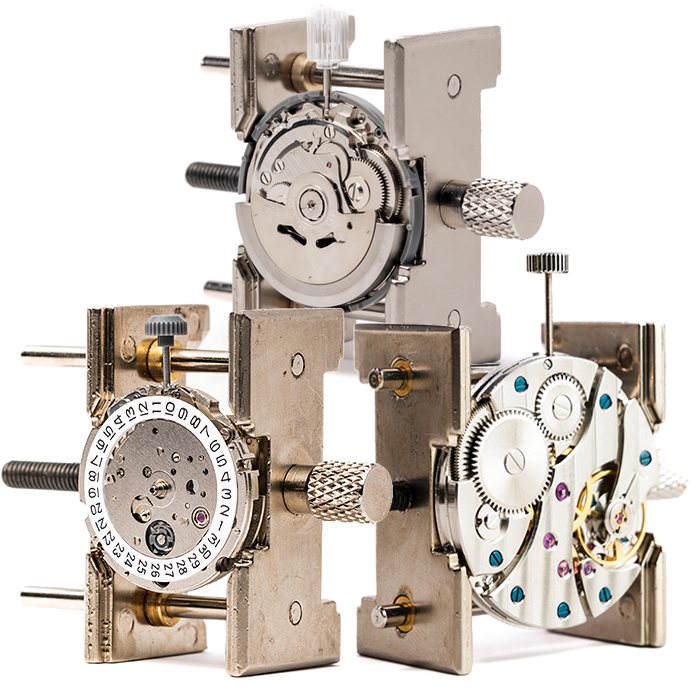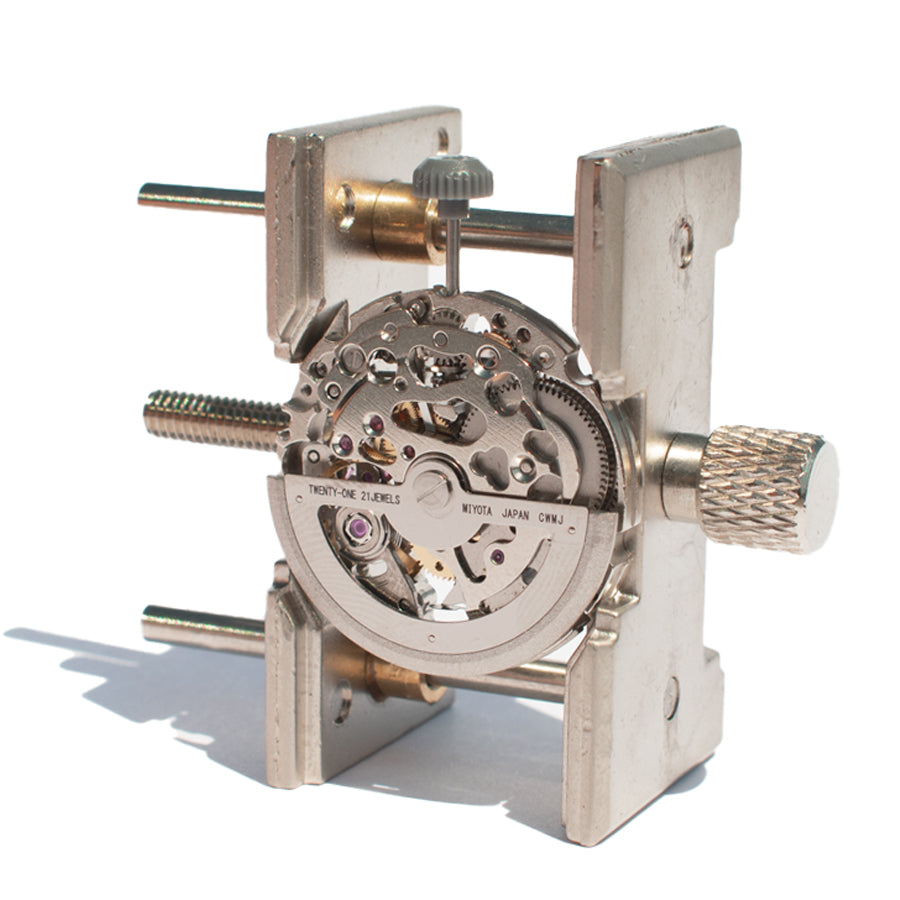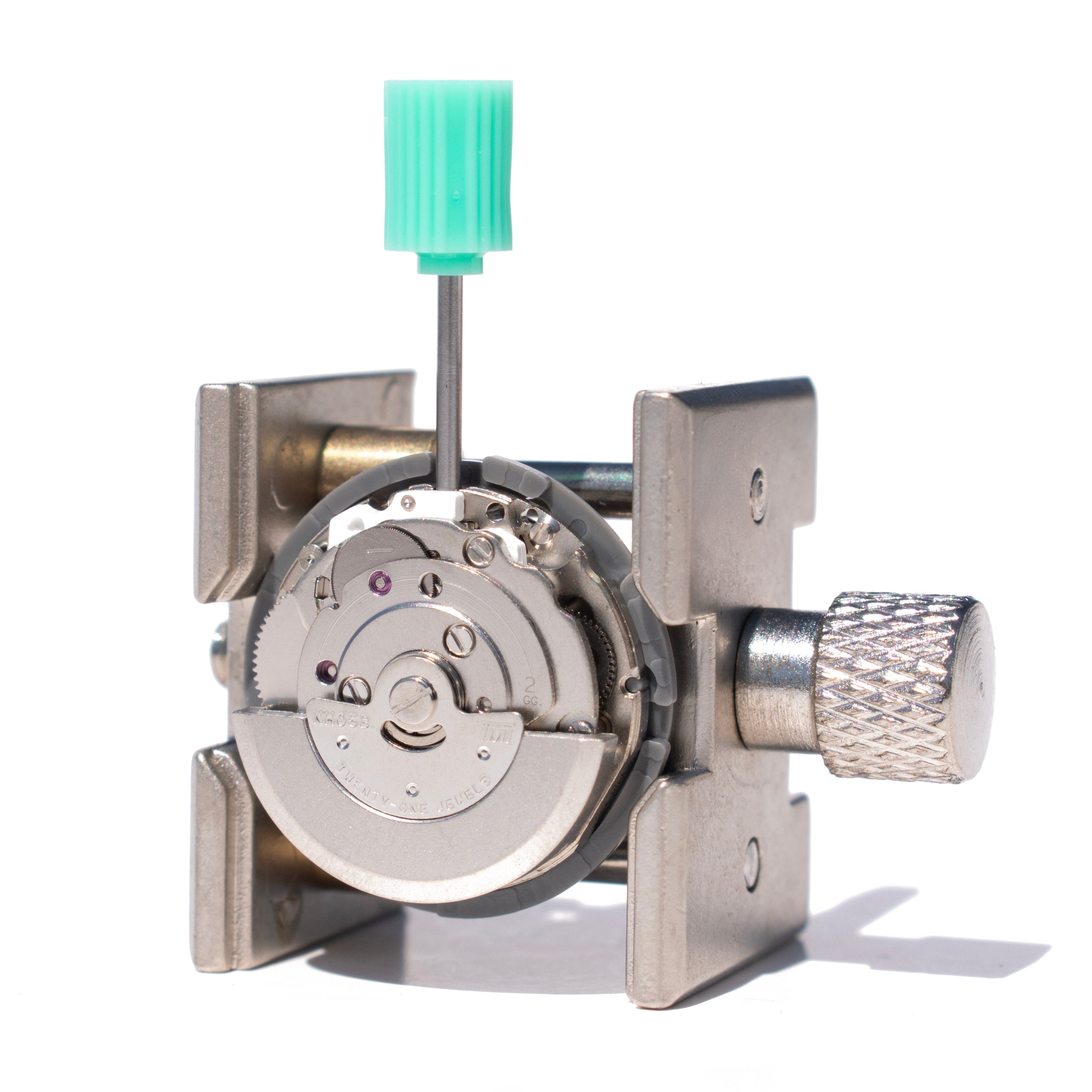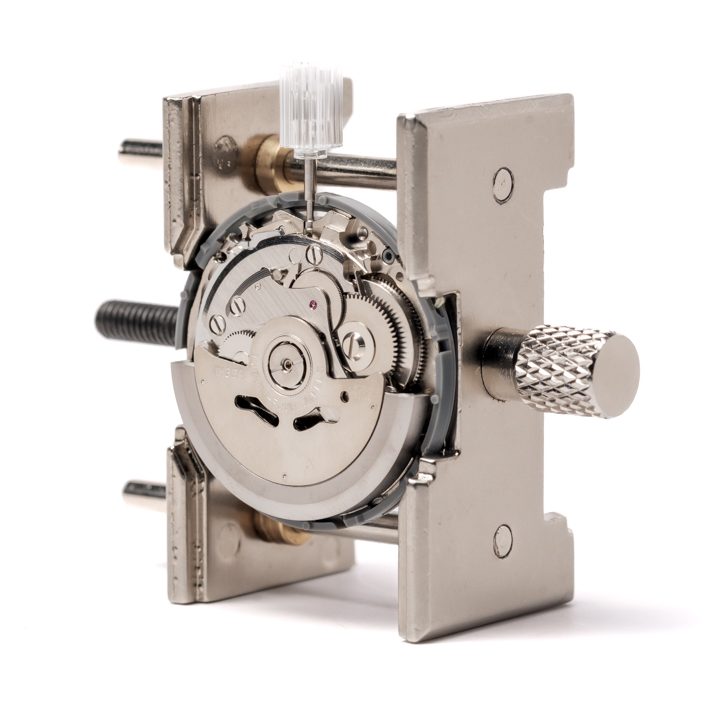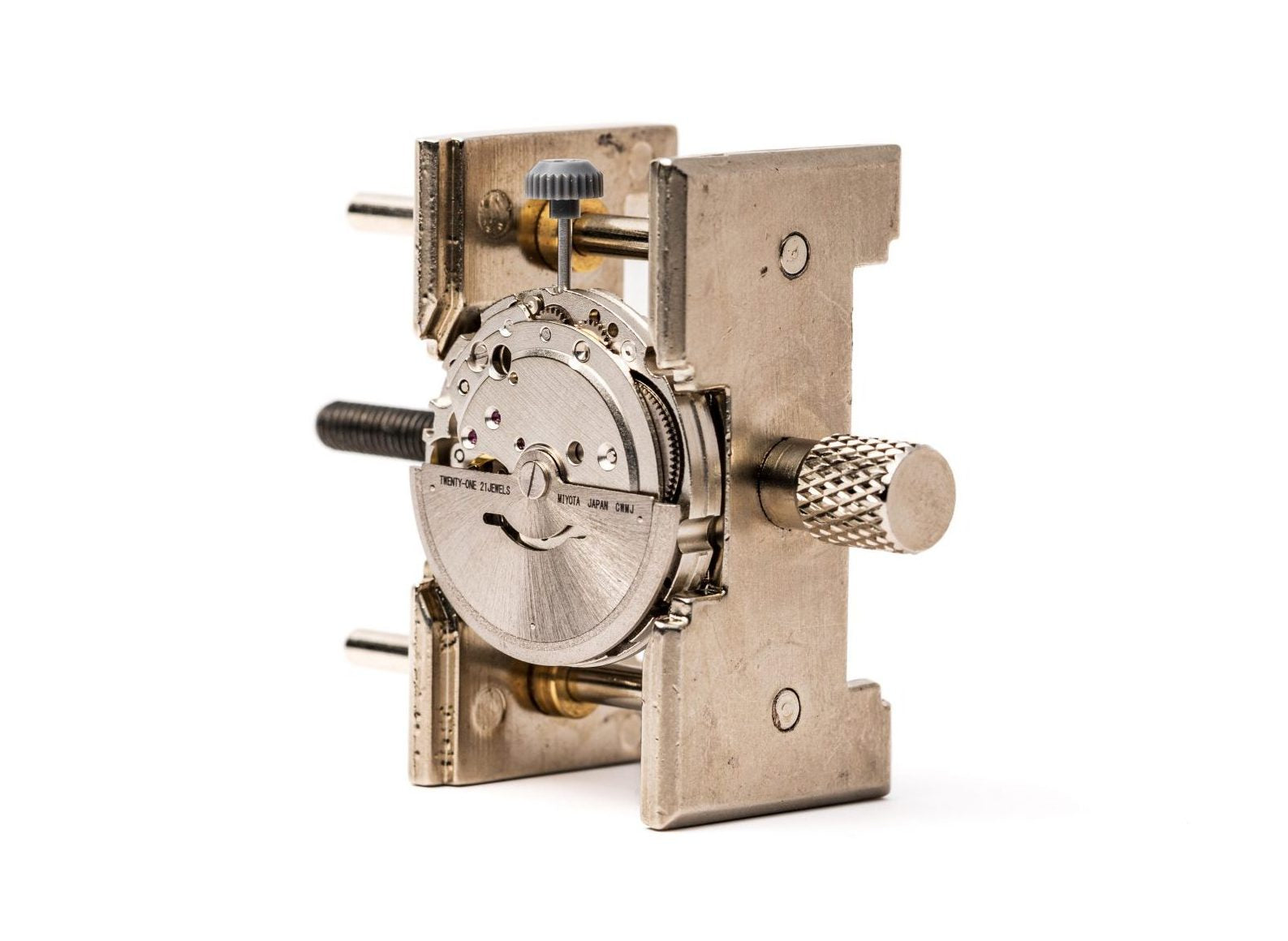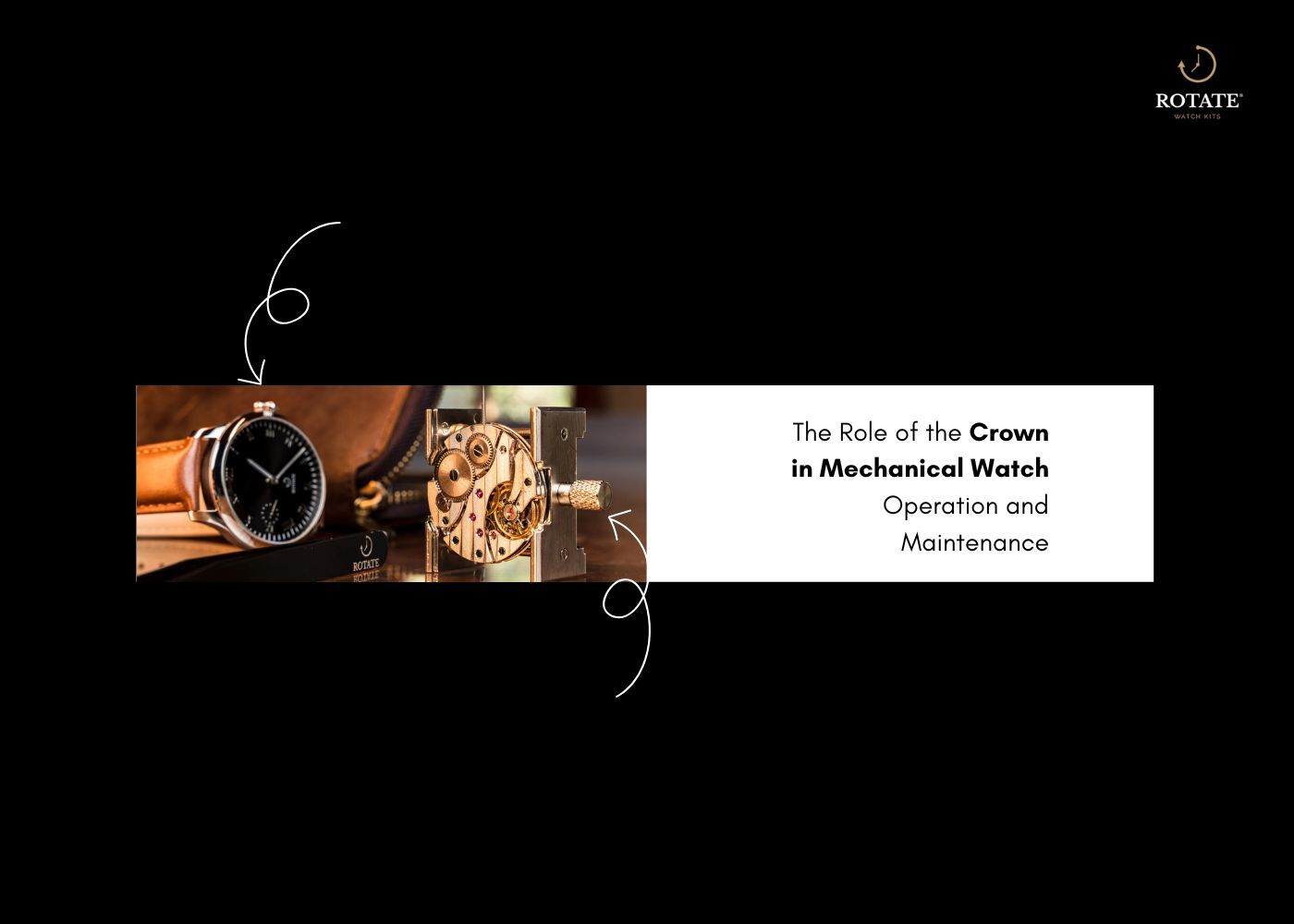
The Role of the Crown in Mechanical Watch Operation and Maintenance
rown and Why Does It Matter for Mechanical Watches
The watch crown stands as the most frequently used component on any mechanical watch. Small in size but massive in importance, the crown serves as your primary gateway to controlling every aspect of your timepiece's operation.
Located on the side of the watch case, typically at the 3 o'clock position, the watch crown connects directly to the movement's winding mechanism. When you turn the crown, you're engaging with a complex system of gears and springs that have remained largely unchanged for centuries.
Crown Design and Construction
Modern watch crowns feature ergonomic designs with knurled edges for better grip during winding and time setting operations. The crown's size and texture vary depending on the watch's intended use - dress watches often have smaller, more refined crowns, while tool watches feature larger, more pronounced crowns for easier operation with gloves.
Crown Position Systems
Most mechanical watches utilize a two or three-position crown system. Position zero keeps the crown pushed in for normal operation. Position one allows for winding the mainspring and quick-set date functions. Position two enables time setting by fully pulling the crown out to engage the hands.
How Watch Crown Winding Powers Your Mechanical Watch Mainspring
Winding your mechanical watch through the crown directly energizes the mainspring, the coiled steel spring that stores and releases energy to power your timepiece. Understanding this process helps you maintain optimal performance and avoid damage.
Manual Winding Technique
Proper winding technique involves turning the crown clockwise with gentle, consistent pressure. You should feel slight resistance as the mainspring tightens. Never force the crown or wind with excessive pressure, as this can damage the delicate gear train.
For manual wind watches like those built with Seagull ST3600 movements, winding typically requires 30-40 turns of the crown to fully charge the mainspring. The exact number varies by movement type and mainspring capacity.
Automatic Watch Crown Functions
Automatic mechanical watches feature self-winding rotors that charge the mainspring through wrist movement. However, the crown still plays a crucial role for initial winding after the watch has stopped or for topping off the power reserve.
When working with automatic movements like the Seiko NH36, gentle crown winding can supplement the automatic winding system. Learn more about automatic watch functionality in our comprehensive guide to how automatic watches work.
Proper Time Setting Methods Using the Watch Crown
Time setting represents one of the most critical functions of the watch crown. Incorrect time setting procedures can damage the movement's delicate components, particularly the motion works that connect the crown to the hands.
Forward Time Setting Protocol
Always set time by moving the hands forward (clockwise) when possible. This natural direction follows the movement's designed gear train engagement and reduces wear on the motion works. Backward time setting can cause the hands to slip or damage the keyless works.
Date Change Considerations
Many mechanical watches feature date complications that interact with the time setting function. Avoid changing the date between 9 PM and 3 AM, as the date change mechanism is typically engaged during these hours. Setting the time during this period can damage the date change wheels.
Crown Pulling Technique
When pulling the crown for time setting, use steady, gentle pressure. The crown should click into position without excessive force. If you feel resistance, don't force it - the crown may be misaligned or the movement may need attention.
Watch Crown Maintenance for Optimal Mechanical Watch Performance
Proper crown maintenance extends far beyond occasional cleaning. The crown's connection to the movement's winding and time setting mechanisms requires regular attention to prevent costly repairs.
Crown Sealing and Water Resistance
Screw-down crowns create watertight seals that protect the movement from moisture. Regular inspection of crown seals prevents water damage, especially important for watches with complications. If you notice moisture inside the crystal or case, have the crown seals inspected immediately.
Crown Stem Alignment
The crown stem connects the external crown to the internal winding mechanism. Misalignment can prevent proper winding or time setting function. If the crown feels loose or doesn't engage properly, the stem may need adjustment or replacement.
Periodic Crown Service
Even with careful use, crown components wear over time. The winding mechanism benefits from periodic lubrication, typically during routine movement service. For DIY watchmakers working with kits, understanding crown maintenance becomes essential for long-term reliability.
Common Watch Crown Problems and Solutions for Mechanical Watches
Watch crown issues can range from minor annoyances to serious mechanical problems. Recognizing symptoms early prevents more extensive damage to your mechanical watch.
Crown Slipping During Winding
If the crown spins without engaging the winding mechanism, the keyless works may be damaged or the crown stem may be broken. This condition prevents proper mainspring charging and requires immediate attention.
Sticky Time Setting
Difficulty pulling the crown to time setting position often indicates dried lubricants in the keyless works or worn crown tube seals. Regular movement service prevents these issues from developing.
Crown Threading Issues
Screw-down crowns can develop threading problems that prevent proper sealing. Cross-threading occurs when the crown is forced into position without proper alignment. Always thread crowns gently and ensure proper alignment before tightening.
When building watches with DIY kits like the Hudson Watchmaking Kit, proper crown installation techniques prevent these common problems. Learn more about proper assembly techniques in our guide to mechanical watch basics.
Advanced Watch Crown Features in Modern Mechanical Watches
Modern mechanical watches incorporate sophisticated crown designs that extend beyond basic winding and time setting functions. Understanding these advanced features helps you maximize your timepiece's capabilities.
Quick-Set Date Functions
Many contemporary mechanical watches feature quick-set date functions accessible through specific crown positions. These mechanisms allow rapid date changes without advancing the hands through 24-hour cycles.
Crown-Operated Complications
Some mechanical watches use the crown to operate additional complications like dual time zones, GMT functions, or even chronograph features. These systems require specific operating procedures to prevent damage.
Crown Position Indicators
Advanced mechanical watches may include visual indicators showing crown position or function. These features help prevent accidental activation of complications during normal wear.
Building your own mechanical watch gives you intimate knowledge of crown operation and maintenance. Start your watchmaking journey with complete watch kits from Rotate Watches that include detailed guides for proper crown installation and operation.
FAQ
Q. How often should I wind my mechanical watch crown?
Manual mechanical watches require daily winding through the crown to maintain optimal timekeeping. Wind your watch at the same time each day, typically in the morning, with 30-40 gentle turns of the crown until you feel resistance.
Q. Can I damage my watch by over-winding the crown?
Yes, excessive crown winding can damage the mainspring or winding mechanism. Stop winding when you feel firm resistance. Modern mechanical watches have safety features, but gentle operation prevents unnecessary wear.
Q. Why won't my watch crown pull out for time setting?
If your crown won't pull out, it may be a screw-down type that needs unscrewing first, or the crown stem may be damaged. Never force the crown - gentle pressure should be sufficient for time setting operations.
Q. Should I push the crown in while winding my mechanical watch?
Keep the crown pushed in (position zero) during winding operations. Only pull the crown out when you need to set the time or adjust complications. This prevents accidental time setting during winding.
Q. How do I know if my watch crown needs maintenance?
Signs include difficulty winding, crown slipping, problems with time setting, or visible damage to the crown. If winding doesn't seem to charge the mainspring properly, have the crown mechanism inspected.
Q. What's the difference between screw-down and push-in watch crowns?
Screw-down crowns thread into the case for enhanced water resistance, while push-in crowns simply press into position. Screw-down crowns require unscrewing before winding or time setting, then screwing back down after use.
{ "@context": "https://schema.org", "@type": "FAQPage", "mainEntity": [ { "@type": "Question", "name": "How often should I wind my mechanical watch crown?", "acceptedAnswer": { "@type": "Answer", "text": "Manual mechanical watches require daily winding through the crown to maintain optimal timekeeping. Wind your watch at the same time each day, typically in the morning, with 30-40 gentle turns of the crown until you feel resistance." } }, { "@type": "Question", "name": "Can I damage my watch by over-winding the crown?", "acceptedAnswer": { "@type": "Answer", "text": "Yes, excessive crown winding can damage the mainspring or winding mechanism. Stop winding when you feel firm resistance. Modern mechanical watches have safety features, but gentle operation prevents unnecessary wear." } }, { "@type": "Question", "name": "Why won't my watch crown pull out for time setting?", "acceptedAnswer": { "@type": "Answer", "text": "If your crown won't pull out, it may be a screw-down type that needs unscrewing first, or the crown stem may be damaged. Never force the crown - gentle pressure should be sufficient for time setting operations." } }, { "@type": "Question", "name": "Should I push the crown in while winding my mechanical watch?", "acceptedAnswer": { "@type": "Answer", "text": "Keep the crown pushed in (position zero) during winding operations. Only pull the crown out when you need to set the time or adjust complications. This prevents accidental time setting during winding." } }, { "@type": "Question", "name": "How do I know if my watch crown needs maintenance?", "acceptedAnswer": { "@type": "Answer", "text": "Signs include difficulty winding, crown slipping, problems with time setting, or visible damage to the crown. If winding doesn't seem to charge the mainspring properly, have the crown mechanism inspected." } }, { "@type": "Question", "name": "What's the difference between screw-down and push-in watch crowns?", "acceptedAnswer": { "@type": "Answer", "text": "Screw-down crowns thread into the case for enhanced water resistance, while push-in crowns simply press into position. Screw-down crowns require unscrewing before winding or time setting, then screwing back down after use." } } ] }


